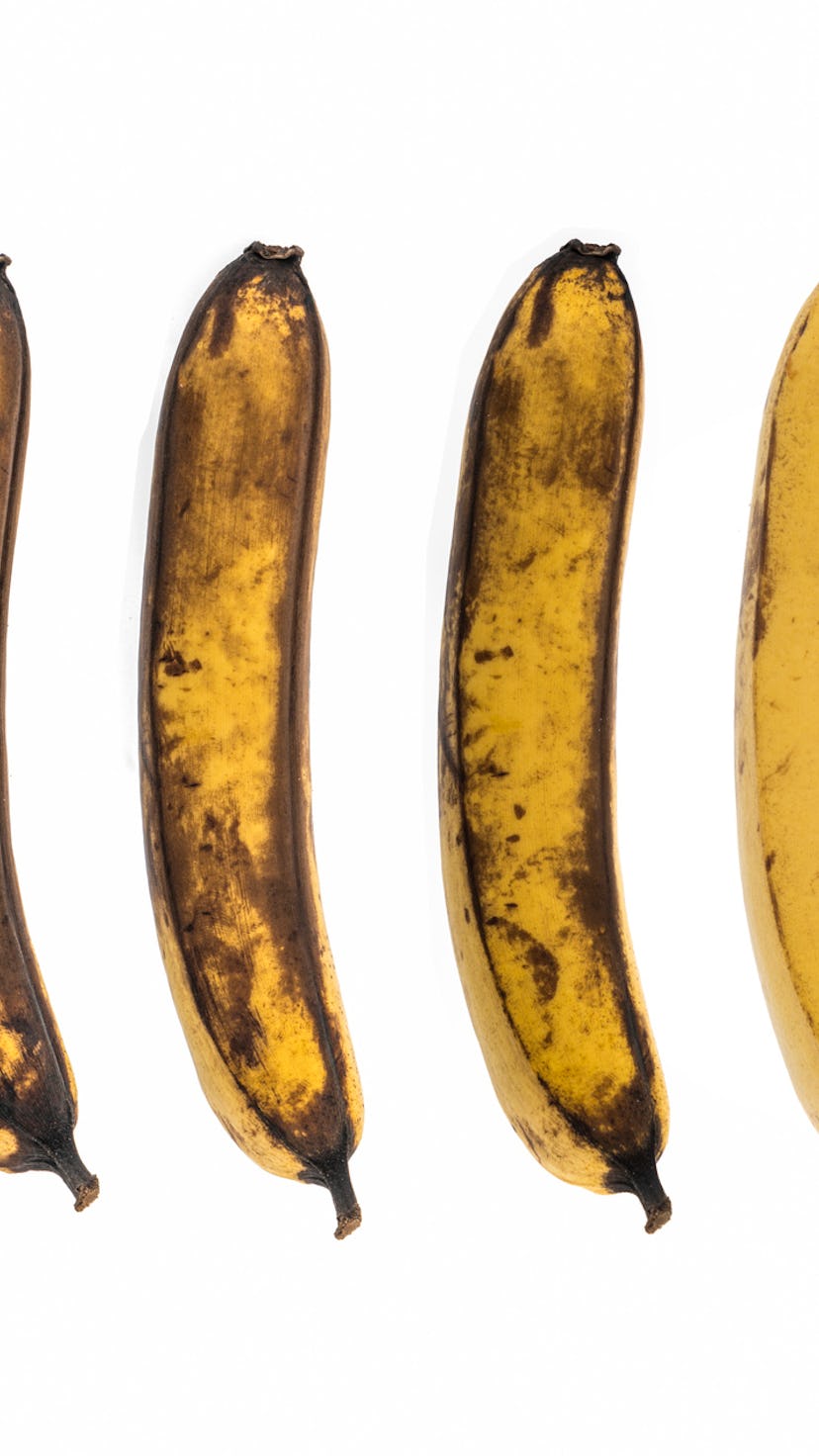Scientists “reprogrammed” old skin cells to function as young ones
Are they building our fountain of youth?

When you hear about revolutionary new techniques that can reverse the aging process of skin cells, it’s usually an ad and it’s usually bullshit. I’m sorry to tell you this, but there’s no serum that can actually overpower the natural laws of time and gravity. There is, however, a new scientific technique that can make skin cells younger — and the potential applications are anything but superficial.
This revolutionary new research, which was published last week in the journal ELife Sciences, utilized the scientific methods used to create stem cells to effectively turn back the clock on skin cells in a lab. In case you aren’t up on your rejuvenative biological history, a scientist named Yamaka discovered how to make cells into stem cells, cells that are capable of becoming any kind of cell, in 2007.
The Yamaka process essentially erases cellular identity in order to make a stem cell. For this research, scientists used the Yamaka process for a shorter period of time than it takes to create stem cells in order to make human skin cells younger without erasing their identity as skin cells. Although you might assume that this science is intended to make us all look younger and hotter, the implications are far more wide-reaching because the cells don’t just look younger, they also function like younger cells.
And unlike stem cells, rejuvenated cells retain their specialized functions, EurekAlert reported. For example, fibroblasts are a kind of skin cell that produces collagen. That process slows down as cells age, but rejuvenated fibroblasts were able to make collagen — which helps heal wounds in the skin — at the speed of a much younger cell. In simple terms, rejuvenated fibroblasts responded to cuts quicker than unrejuvenated cells in a lab, which makes scientists hopeful that this research can be used to help speed up the healing process.
“Our results represent a big step forward in our understanding of cell reprogramming. We have proved that cells can be rejuvenated without losing their function and that rejuvenation looks to restore some function to old cells. The fact that we also saw a reverse of ageing indicators in genes associated with diseases is particularly promising for the future of this work,” Diljeet Gill, a scientist at Cambridge University who was part of the research team, told EurekAlert.
Reversing the aging process of skin cells may help scientists prevent some diseases. Not only that, but because the rejuvenated cells behaved like younger cells in all of their functions, they may also be used to help wounds heal faster. And if this technique can be replicated on different kinds of human cells, it could have massive implications for human health. “This approach holds promise for valuable discoveries that could open up an amazing therapeutic horizon,” Wolf Reik, an epigeneticists at Altos Labs Cambridge Institute and co-author of the study, told EurekAlert.